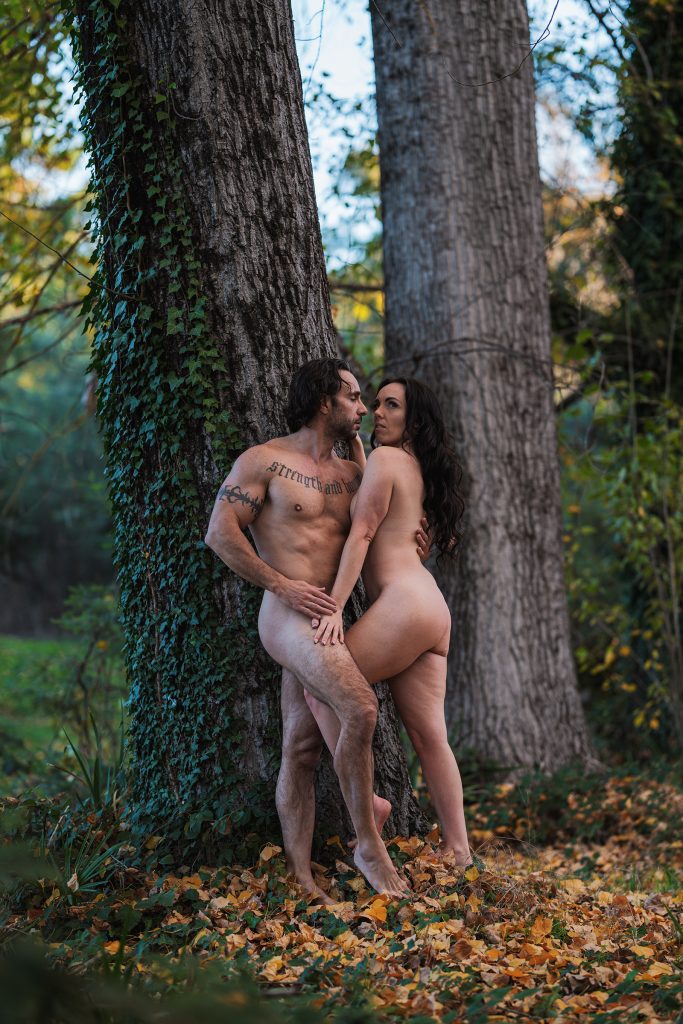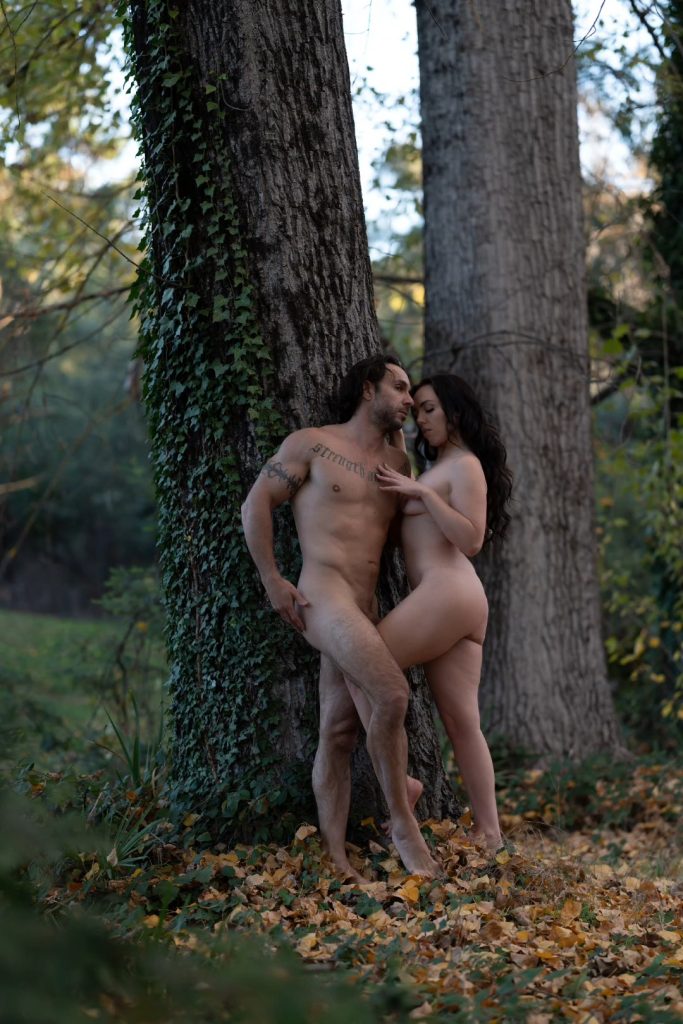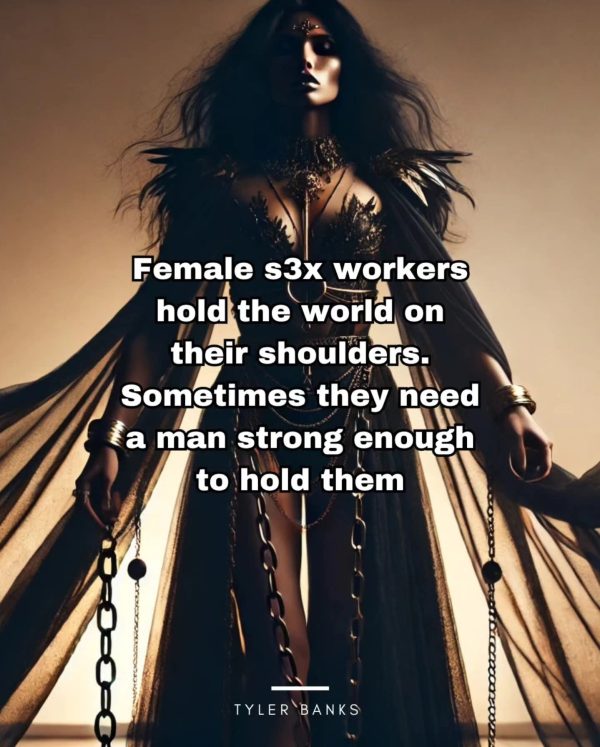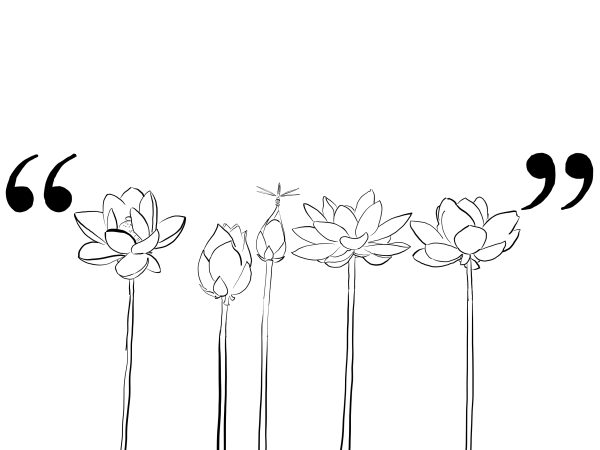Your body speaks a language that exists beyond words. The way you move, the rhythm of your breath, how you navigate space with another person, all of these communicate something essential about who you are and how you connect.
Most of us have learned to privilege verbal communication whilst largely ignoring what our bodies are saying. But when it comes to intimacy, physical communication can often convey a whole other language. Today I’m exploring how dance and movement can create pathways to deeper connection.
Bodies remember what words forget
Before humans developed complex speech, we communicated through gesture, posture and movement. This primal language hasn’t disappeared, we’ve just stopped paying attention to it. When you move with someone, you’re engaging in an ancient dialogue about space, trust, playfulness and presence.
Dancing with another person, whether formally or just swaying together in your kitchen, reveals patterns that show up throughout your relationships. Do you naturally lead or follow? Can you improvise or do you need to know exactly what’s happening next? Are you comfortable taking up space or do you make yourself smaller?


Presence, not performance
Dance demands presence in a way few other activities do. You cannot choreograph tomorrow’s to-do list whilst sensually moving with someone. This embodied attention is exactly what makes intimate connection divine, being fully here rather than performing or thinking about what comes next.
Many of us live primarily in our heads, treating our bodies as inconvenient vehicles rather than integral parts of who we are. Movement practice helps bridge this split, teaching you to actually inhabit your physical self. When you bring that presence to intimate moments, everything shifts from doing to experiencing.
This is about developing comfort with authentic movement, trusting your instincts and letting your body participate in the conversation.
Reading physical language
When you dance with someone, you learn to read subtle cues. Shifts in breathing, changes in tension, the quality of touch, all communicate volumes.
Being able to sense when your partner needs gentleness, when their arousal is building, when they’re genuinely engaged versus stuck in their head, these skills emerge from paying attention to bodies.
Movement carries emotion
Some feelings are simply too large or complex for words. Dance provides a pathway for expressing what cannot be easily articulated. Joy, grief, frustration, desire, all can move through your body in incredible ways.
I’ve witnessed couples struggling with painful conversations can find expression through simply holding each other and moving together. The rhythm creates a container for emotions that words alone cannot hold.
Playfulness builds trust
Dancing badly together, moving ridiculously, being genuinely silly, this kind of play builds intimacy. Many adults have lost touch with unselfconscious movement because we’re so concerned with not looking silly. This self-consciousness limits not just dancing but intimate connection in general.
When you can move without caring how you look, you’re building trust that imperfection won’t lead to judgment. This safety extends into other vulnerable territory where performance anxiety typically interferes.
Ecstatic dance and authentic movement
One practice I cannot recommend highly enough is ecstatic dance. These are freeform dance sessions, usually in community spaces, where there’s no talking, no alcohol, no phones and absolutely no choreography. You simply move however your body wants to move.
What makes this transformative is that it removes all pressure to look good or do it right. No steps to learn, no technique to master, no concern about synchronisation. You’re exploring what it feels like to let your body lead rather than controlling everything with your mind.
I’ve watched people arrive stiff and self-conscious, barely swaying, and by evening’s end they’re moving with a freedom and joy they didn’t know they possessed.
This translates directly into intimate connection. When you’ve learned to trust your body’s authentic expression, to be unselfconscious in your physicality, you bring that capacity into relationships. You become more attuned to what your body communicates and more comfortable letting it speak.
If you’re curious about developing embodied freedom, finding a local ecstatic dance event is one of the best places to start. Most cities have regular sessions and the communities tend to be wonderfully welcoming.
Movement as healing
For people working through trauma or sexual shame, gentle movement practice can be profoundly therapeutic. Trauma often creates dissociation from the body. Learning to reinhabit your physical self through safe, self-directed movement helps reclaim wholeness.
This extends to sexual healing as well. Movement practice provides a way to reconnect with embodiment and physical pleasure that can feel safer than explicitly sexual activity. The capacity to move in ways that feel good, to trust your body’s wisdom, to experience sensation without fear, these are foundational to sexual wellbeing.
Getting started
You don’t need training or even a partner to begin. Put on music and move however your body wants for five minutes. Don’t judge whether it looks good, just notice what emerges and where you hold tension versus where you feel free.
If you have a partner, try swaying together to slow music without any technique or steps. Just hold each other and move gently. Notice how this differs from standing still.
Before intimate encounters, try even one minute of moving together. It helps you both drop into your bodies and become present with each other.

The invitation
Movement offers pathways to intimate connection that complement verbal communication without requiring skill or performance. It’s about letting your body participate, trusting physical language and being present in the experience of moving.
Notice how you already move in intimate moments. Stiff and controlled? Fluid and responsive? Disconnected from sensation? There’s no wrong answer, just information about where you are now and where you might explore.
Your body already knows how to move in ways that express who you are. Sometimes the most intimate thing you can do is simply let it.
If you’re interested in exploring embodiment and intimate connection in a safe, guided environment, we’d be honoured to hold space for your journey.
Evie + Axel · Independent Escort Couple



